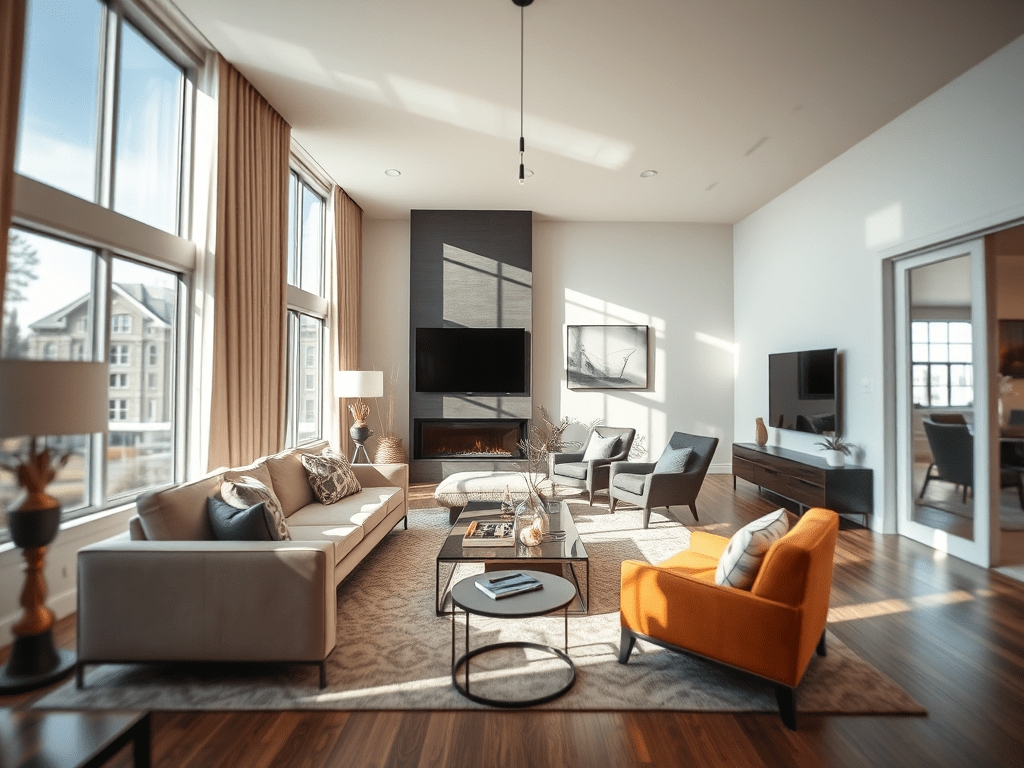3D virtual tours vs. 360° panoramas - how do these technologies differ?

The times when properties were presented to clients with a few blurry photos or poor-quality projections of the project are long behind us. Modern technologies allow the viewer to immerse themselves in the space and feel as if they were viewing it with their own eyes. Virtual tours are used much more widely today than just in the real estate industry and can be created using a variety of technologies. At the forefront are 3D virtual tours and 360° panoramas. What are the differences between the two solutions?
3D virtual walks and 360° panoramas – what is worth knowing about them?
Virtual 3D walkthroughs and 360° panoramas are two different technologies that allow interactive and engaging presentation of reality to the user. Before deciding which one to use, it is worth understanding the differences between them and learning about the strengths and weaknesses of each solution.
360° panoramas 360° panoramas are virtual tours based on panoramic photos that show the full view from the point from which the photo was taken. This technology makes it possible to create a virtual space in which the user can turn and look in different directions. Zooming in on elements at a greater distance is also possible, but this often comes at the expense of quality. Panoramas do not allow you to see details up close and from several perspectives.
360° panoramas allow you to view a space from different points, but they do not allow you to move freely around the space and view different elements from multiple angles. Moving to the next room in the case of 360° panoramas involves reloading the image onto the next one, created with another panoramic photo.
3D virtual walkthrough
A 3D virtual walkthrough is a fully interactive and three-dimensional model of a space that allows you to move freely and explore the presented place. This type of virtual walkthrough gives the user the ability to move around the virtual space unhindered. The user can view the interiors from different points and perspectives, and has the opportunity to look into every corner of the space. The viewer can also zoom in and out and smoothly move from one room to another. The experience provided by a 3D virtual walkthrough is very realistic and allows one to move around in a way that resembles reality.
Many 3D virtual walks can also be used with VR technology. Exploring a space in this way gives you an experience on a completely different level and allows you to completely sink into the space you are viewing.
In what industries can virtual tours be used? Virtual tours are utilized in various industries, and their application continues to expand. Which fields commonly use this type of solution today?
Real estate.
Virtual tours can be used to present real estate to potential investors. A properly prepared virtual walk-through will allow the client to view the interiors from multiple perspectives. Virtual walk-throughs prepared in ShapeSpark allow the recipient to view the space from anywhere in the world – all that is needed is a browser and a link from the developer or real estate agent. Architecture. Virtual walks are also used to present interior designs. Such a way of presentation works much better on the imagination than project projections alone in the form of individual graphics. Advanced tools also allow the viewer to change details, such as the type of upholstery of a sofa. All this is done so that the potential customer can see for himself what colors and materials suit him best and how they look in the designed interior.
Tourism.
Museums, exhibitions, amusement parks, hotels – presenting each of these places with the help of an interactive walk-through will be much more attractive to the viewer than standard photos. Videos, photographs, additional information, links or audio recordings can be added to the presentation to further enhance the message.
Sales and marketing. Virtual showrooms are growing in popularity. Offering the customer an experience comparable to the physical presence in a showroom can yield much better results than a traditional online store.
What distinguishes ShapeSpark from other tools of this type? Shapespark is a tool that allows you to turn 3D models into interactive virtual walk-throughs. ShapeSpark works from the browser – you don’t need to install additional software on your device. You can forward the created project as a link. The recipient will be able to open it from any browser and explore the space you prepared without restrictions. As part of a 3D virtual walkthrough made in ShapeSpark, the recipient can also change individual details of the viewed space, such as materials or colors of interior elements.
Do you want to create 3D virtual walks and share them freely with your audience? Test ShapeSpark during a free 30-day trial period and see what possibilities this tool offers.